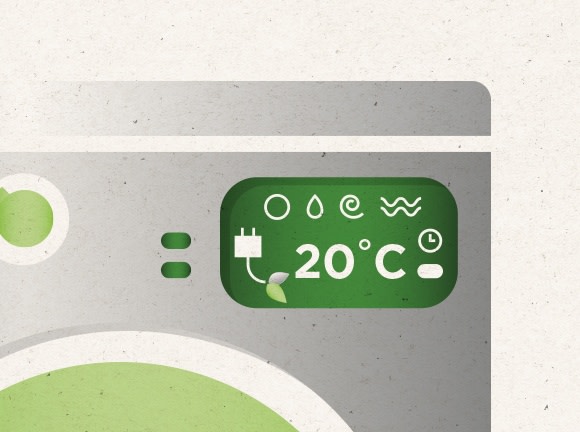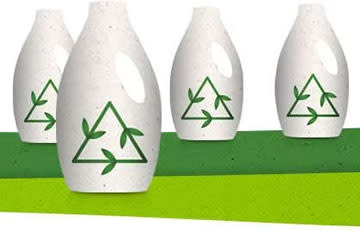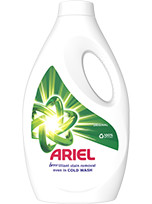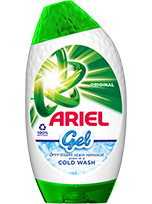When doing your laundry, you may not be thinking about the carbon footprint left behind, but we are. We are continually looking for ways not only to make your laundry experience better, but also how to reduce its impact. That’s because we know that when you take into account everything from the manufacturing process to the packaging used for your detergent, the most significant environmental impact your laundry has is the energy used to heat the water in your washing machine. We also know that when your laundry process is efficient, you get to save valuable energy. So how do you save energy while doing your laundry? Let's take a look.

Turn the washing temperature down
When it comes to doing your laundry, the most efficient way to save energy is to turn down the washing temperature on your machine to 30°C or below. Turning your wash temperature down can save up to 60% energy in every wash, showing that every degree you choose, helps reduce the carbon footprint.* Two-fifths of us are already turning the dial down to 30°C or lower in a bid to save money and reduce our carbon footprint.
Further tips for efficient washing
There are more ways you can save energy when you do the washing such as avoiding unnecessary pre-washing. Here are some other things you can do to reduce the carbon footprint of every load:
How to load your washing machine
To prevent energy being wasted, make sure you fill up your washing machine before every wash. If you want to avoid your clothes from coming out of the wash with detergent stains all over them, then do not overload your washing machine. You should be able to fit an upturned palm into the top of your drum. If you can’t fit one hand in, then take something out.
Dosing detergent correctly
Getting the detergent dosage right depends on the size of your laundry load, the level of dirt, and the water hardness in your area. Too much detergent is not only a waste, but you may need to wash again due to the accumulation of suds, which makes it hard for your clothes to be rinsed properly and is why you get those mystery stains on your clothes after washing them. You’ll waste energy and water, as well as detergent. That’s not good for either your wallet or the environment. Check the dosing instructions on the detergent pack to guide you on how much to use per wash. You can find out more in our full guide on how to dose.
Check the instructions
Follow the instructions on your detergent, your appliance, and check the fabric care labels on the items you are washing. These will help make sure you get optimal results every time, so you do not have to wash things twice. You should also check the appliance’s instructions to see if they provide an energy and water use rating for each cycle. It is important you get the facts on water and energy use for your most commonly used cycles so you can get a more efficient and sustainable clean.
Recycling
Check the packaging symbols to make sure you recycle or dispose of packages correctly.
* Washing machine energy consumption, from 60°C to 30°C, normal cycle.
Related articles

Our approach to sustainable detergent packaging
You don’t buy Ariel for the packaging, you buy it for the quality of the detergent inside it. That doesn’t change the importance of the package, though.
Our commitment to compaction
We are also continually working to reformulate our liquid and powder laundry detergents into more concentrated and compacted forms.

Sustainable manufacturing
Our future depends on sustainability, which is why we have made it our mission to reduce the environmental footprint of the manufacturing process used to create our Ariel products.





